Your Essential Travel Guide To Wine Regions In France
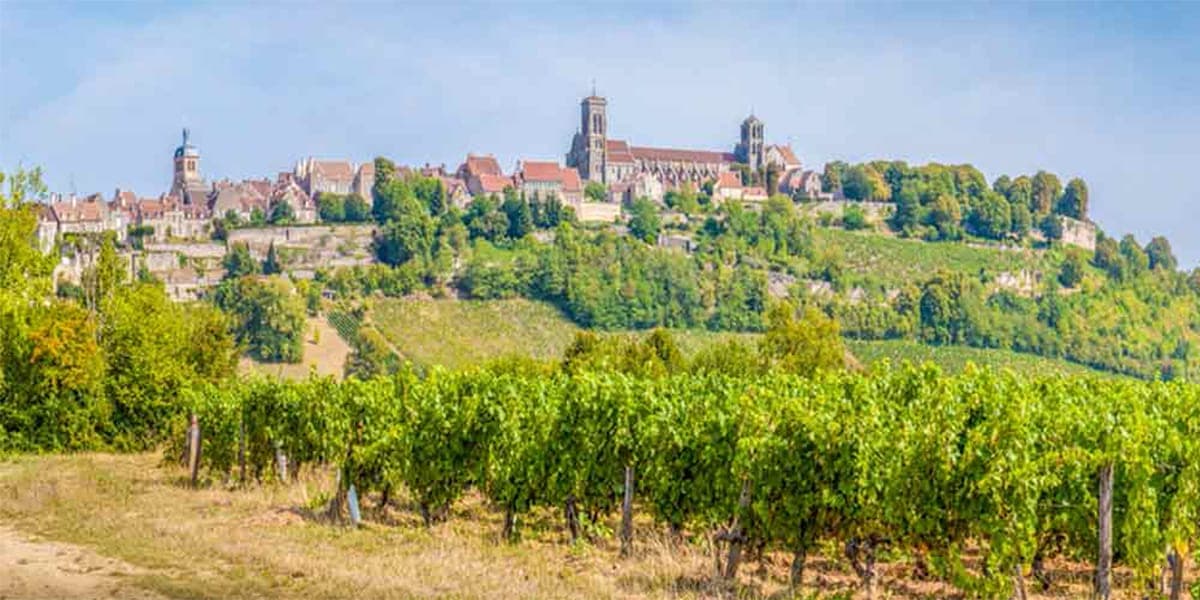
Discover Which France Wine Regions To Visit
Burgundy, Champagne, Beaujolais, Chardonnay… France produces some of the most famous wines in the world.
Their names alone conjure images of rolling vineyards, majestic chateaux and sun-kissed slopes, so a driving holiday promises glorious scenery, as well as the chance to taste your favourite wines.
France has many wine producing regions, each with its own speciality and ‘terroir’ - environmental characteristics such as soil type, altitude, slope and orientation to the sun. These shape the type of grapes that will thrive in the region, giving us fruity Beaujolais from the Burgundy region and light, dry Muscadets from the Loire.
Appellation d’Origine Protégée (AOP) wines are strictly controlled by grape and region, Vin de Pays wines comes from wider, less-regulated sources and Vin de France wines are from anywhere in France.
Explore the map of wine regions of France.
Champagne-Ardenne
Best for: Pinot Noir, Pinot Meunier and Chardonnay
Champagne-Ardenne is in northeast France at the border with the Alsace and Lorraine regions. It was formed in 1956 and is home to over 70,000 acres of vineyards across 320 villages. Whether uncovering 300-year-old chalk cellars at Maison Ruinart or exploring the Avenue de Champagne, you’ll be spoilt for choice.
Some of the best wine cellars in the Champagne-Ardenne region include:
- Champagne Taittinger, Reims
- Champagne Pommery, Reims
- Champagne G. Tribaut, Hautvillers
DFDS PICK: Guided Cellars visits and Champagne tasting by Houses Taittinger and Veuve Clicquot
Learn more about the Champagne Route in our comprehensive guide.
Alsace
Best for: Gewurztraminer, Riesling, Pinot Gris
Alsace in the northeast of France is another popular hotspot among wine lovers. The region has been an A.O.C (Appellation d'Origine Contrôlée) since 1962, and its 170-km-long wine route takes you through extensive vineyards, lush countryside and historic landmarks. Most Alsatian wines are white with floral and spicy notes and are produced under three appellations: Alsace, Alsace Grand Cru, and Crémant d’Alsace.
Some of the region’s best wine cellars include the following:
- Domaine Bott Frères, Ribeauvillé
- Etienne Simonis, Ammerschwihr
- Vins Zeyssolff, Gertwiller
DFDS PICK: Alsatian Wine Tasting Tour and Lunch
The Loire Valley
Best for: Melon de Bourgogne, Sauvignon Blanc and Cabernet Franc
The Loire Valley represents France’s countryside at its finest. Explore its majestic castles and stop at the cellars along the way to taste world-class wine, from bright, fruity Sauvignon to salty Melon de Bourgogne. Famous for being the second-biggest wine producer in France after Champagne, the region spans over 100 km along the Loire River.
If you’re planning a road trip around the Loire Valley, check out our driving in France guide.
DFDS PICK: Loire Valley Castles Day Trip With Wine Tasting
Some of the Loire’s best wine cellars are:
- Domaine Vincent Pinard, Bue
- Bouvet Ladubay, Saumur
- Domaine de Haute Perche, Saint-Melaine-sur-Aubanc
Burgundy
Best for: Pinot Noir and Chardonnay
Burgundy’s wine-making history dates back to the Romans, making its vineyards among France’s oldest. The region produces two grape varieties, Chardonnay and Pinot Noir, but its diverse terroir and climate conditions enable winemakers to grow other types. The reds are rich and fruity, while the whites are fresh and earthy. Burgundy’s vineyards have been UNESCO World Heritage Sites since 2005.Travelling with your other half? Our guide to the caves and canals of Burgundy can help inspire your itinerary if you’re planning a romantic getaway.
DFDS PICK: Half Day Bike & wine tour in Burgundy
Some of the best wine cellars here include the following: Patriarche Père et Fils, Beaune Château De Pommard, Pommard Château Philippe le Hardi, Santenay
Beaujolais
Best for: Beaujolais Cru and Beaujolais Nouveau
The Beaujolais wine region lies south of Burgundy and is famous for its Gamay vineyards. Most of the wine here is red, but whites produced from Chardonnay grapes are also popular. The reds have a strong fruit character, especially wild berries and cherries, as well as flowers and spices. The wine-making technique is carbonic maceration, meaning the grapes ferment within their skin.
DFDS PICK: Beaujolais Region Wine Tour with Tastings
Beaujolais’ most renowned wine cellars include:
- Clos de la Roilette, Fleurie
- Jean-Paul Brun Wines, Charnay
- Domaine Joncy, Quincié-en-Beaujolais
Our routes

Dover-Calais Ferry Crossings
Our fastest and most popular ferry crossing, our Dover to Calais route takes only 100 minutes, allowing you to explore Europe at your leisure.
From
€103
per car + up to 4 people, one way*

Dover-Dunkirk Ferry Crossings
Our short, convenient sailings from Dover to Dunkirk are the perfect way to start a trip to Europe.
From
€103
per car + up to 4 people, one way*
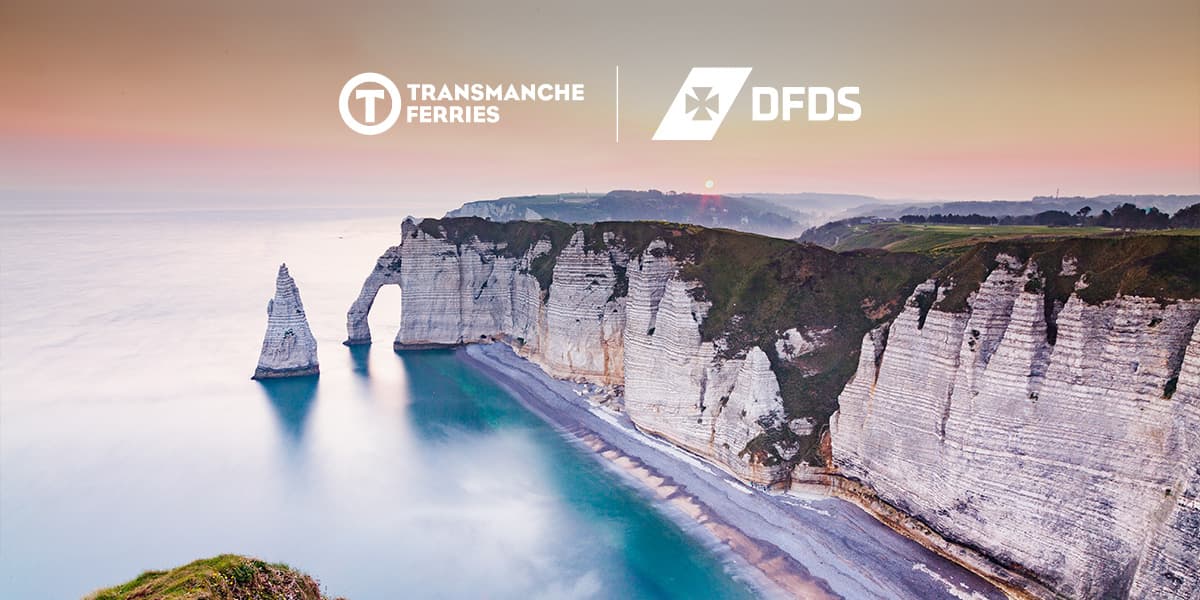
Newhaven-Dieppe Ferry Crossings
Head across the Channel on our Newhaven to Dieppe route and in just 4 hours you can sail in comfort from the south of England to France's beautiful Normandy coast.
From
£93
per car + 2 people, one way*

Newcastle - Amsterdam ferries
Travel overnight in your own private cabin from Newcastle to Amsterdam, enjoying the fresh sea air, dining options and onboard entertainment. Bring your car and embark on your European road trip – you deserve it!
15%
discount
Travel guides
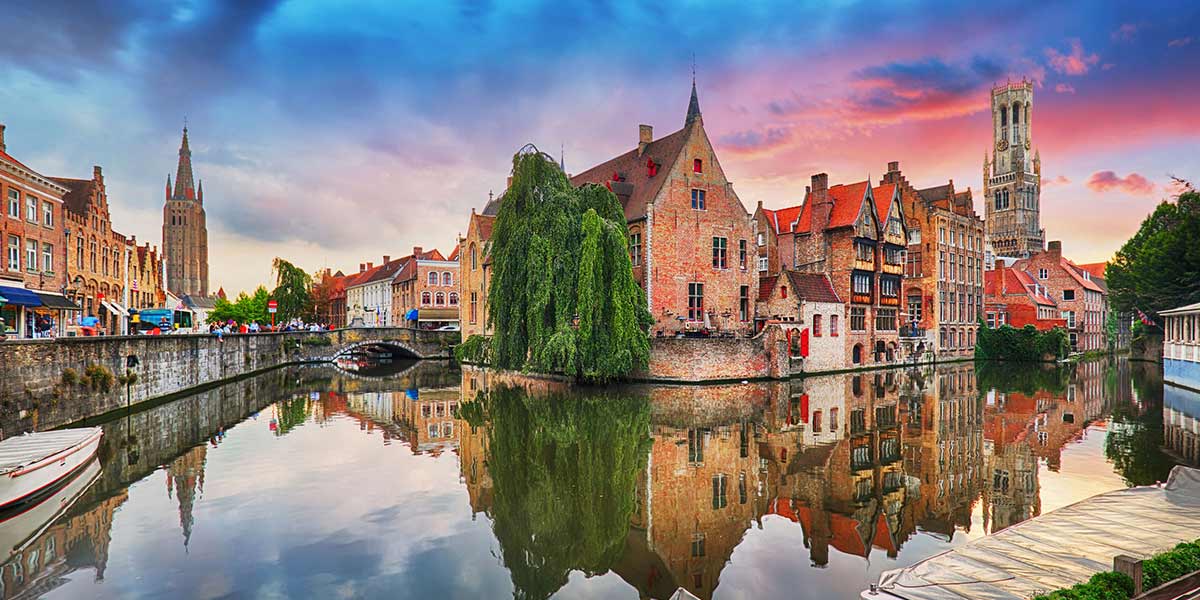
Belgium
Characterised by picturesque, medieval town centres and extraordinary landscapes, Belgium boasts an endless list of things to do.
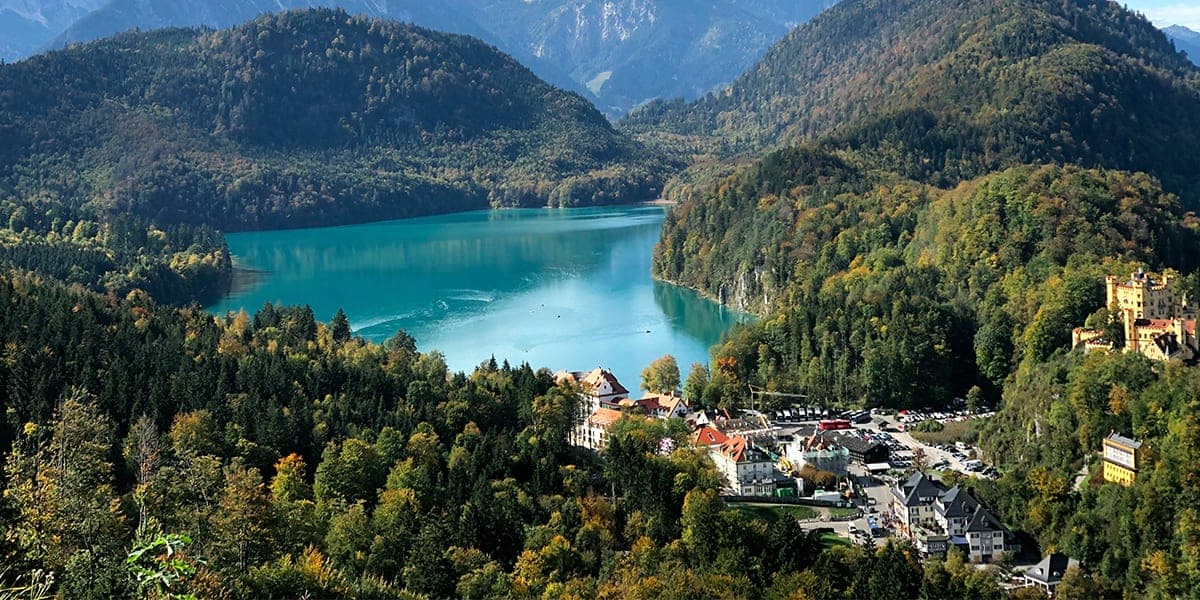
Germany
Germany has one of the most interesting and diverse histories of any country in Europe, and a landscape to match.
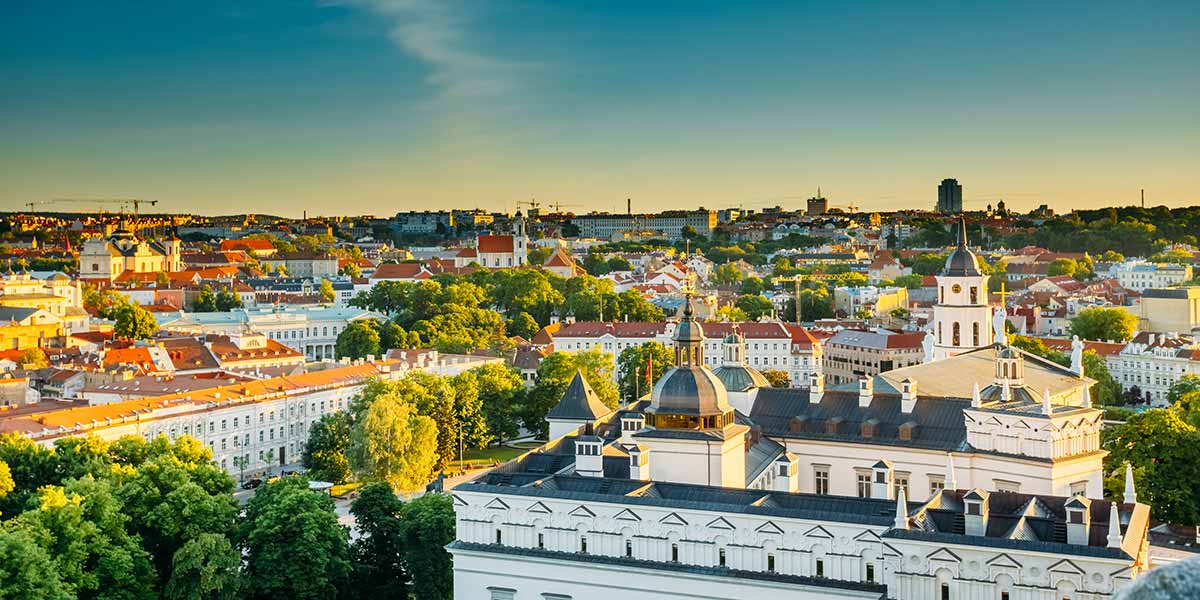
Lithuania
The hidden gem of the Baltic countries, Lithuania is a heady cocktail of both stunning natural beauty and wonderful man-made architecture.

Poland
Famous for friendly, welcoming locals and cheap, but brilliant, food and drink, Poland is fast becoming one of the best short break destinations around.
Prices are subject to availability. Telephone booking fees apply. Terms and conditions apply.